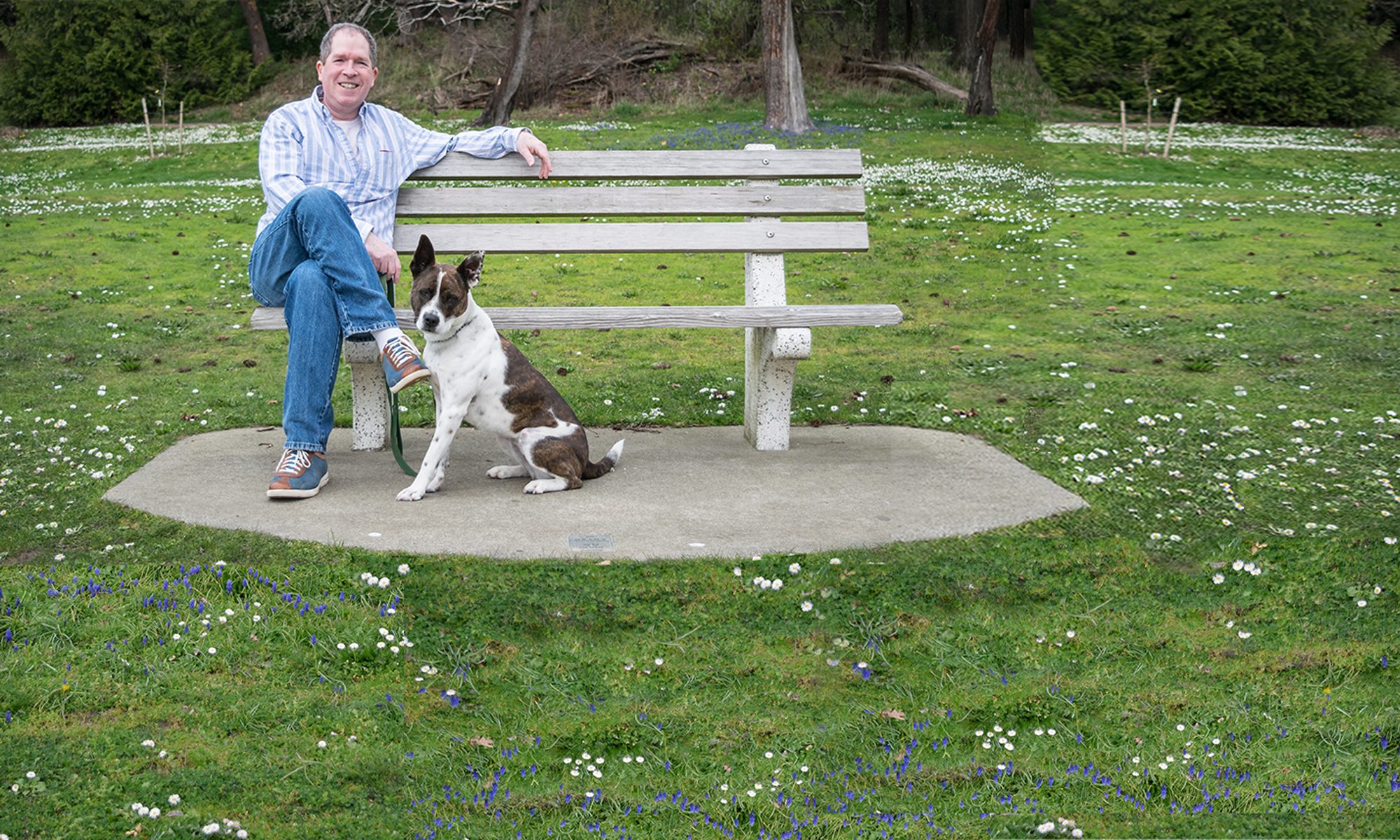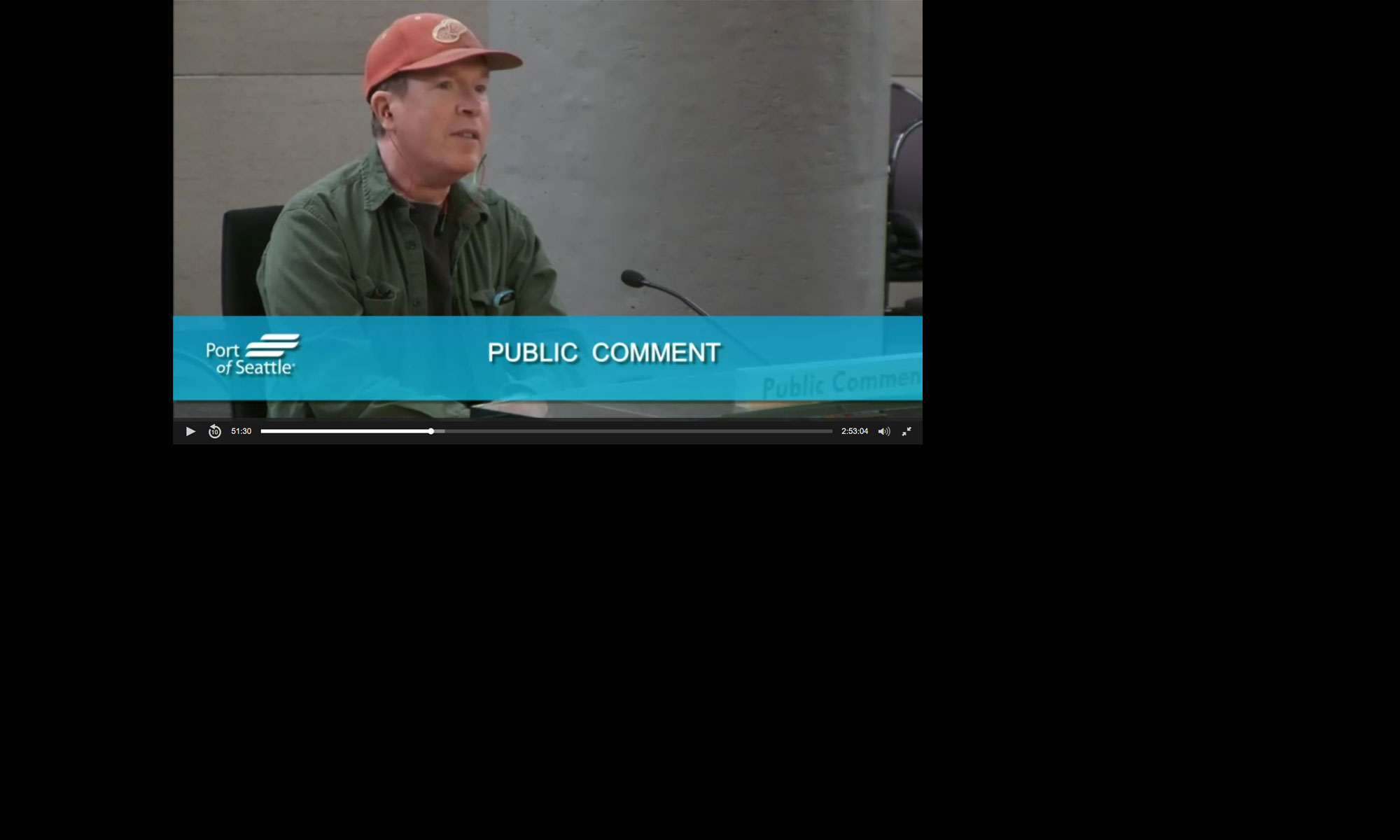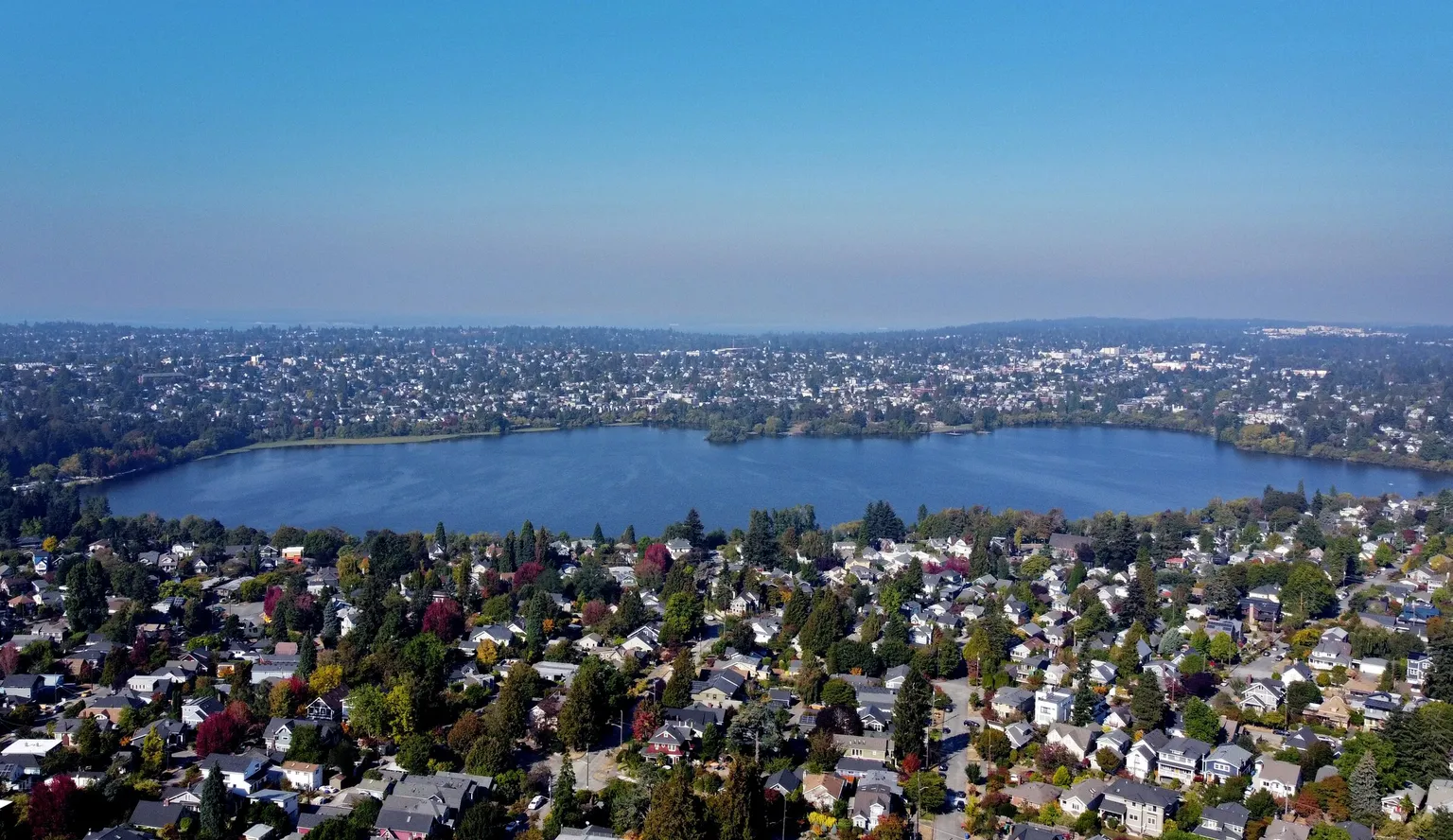The Seattle City Council is on the verge of a very big mistake that would make Stumptown a more accurate moniker for Seattle than the Emerald City.
On Tuesday, the full council is set to consider a new tree protection ordinance that recently passed the Land Use Committee. Trouble is, a highly flawed legislative process produced a pro-developer tree removal measure instead of one that actually preserves and grows trees. The council should vote it down and start over.
As written, CB 120534 will almost certainly result in diminished tree canopy, flying in the face of the city’s stated environmental goals. Council members should reject this terrible proposal and start anew after the November election, when seven of nine seats will be on the ballot.
Fourteen years since the council last adopted “interim” tree regulations, expectations were high that the City Council could pass legislation that would protect Seattle’s dwindling tree canopy and accommodate new housing.
It didn’t happen. First-term Councilmember Dan Strauss, chair of the Land Use Committee, led a rushed and truncated process that ended up bypassing the Urban Forestry Commission — created by City Hall to advise on tree protection and preservation policies. The commission supported several key amendments that were voted down in committee. Many of the failed amendments were also supported by environmental organizations such as Friends of Seattle’s Urban Forest, Tree PAC, and other groups and concerned residents.
“As a process for developing policies this was just a mess and the end result is less than optimal,” said Joshua Morris, co-chair of the Urban Forestry Commission. “We didn’t have the time to absorb, digest and analyze a lot of these very complex policy proposals and that’s regrettable. I’d like to forcibly tell the mayor and the council that we’d like to be included much earlier in the process among the other stakeholders so that we are not put into this really ridiculous, reactionary position.”
As for the proposed Tree Protection Ordinance helping Seattle to meet its goal of 30% tree canopy by 2037, Morris said: “I don’t really feel very optimistic about the city meeting its tree canopy goals. I don’t know how we get there.”
Land Use Committee members Strauss, Tammy Morales, Teresa Mosqueda and Sara Nelson approved the Tree Protection Ordinance, drafted by Mayor Bruce Harrell. Only Alex Pedersen — who often conferred with Urban Forestry Commission members when crafting or considering amendments — voted against it. The proposal now goes to the full council.
How bad is it?
Developers would be able to build on 85% of the lot in low-rise and other zones. Considering the Legislature just passed a bill eliminating all traditional single-family zones across the state including Seattle, it’s unclear whether this would apply to essentially every lot in the city. Another amendment gives developers the ability to totally clear-cut and build on 100% of lots in mid-rise, commercial and other zones.
These two provisions alone will undoubtedly result in the loss of Seattle tree canopy. Think about the recent heat wave. If this bill passes, next year there will be less shade and higher street-level temperatures.
Maria Batayola is chair of the Beacon Hill Council, a community organization that represents 40,000 residents who live in what she calls a “tree desert.”
Heat islands, flooding and pollution prompted Batayola, who is also policy coordinator for El Centro De La Raza and founding co-chair of the Seattle Green New Deal, to write a letter to council members decrying the flawed process and anti-tree amendments.
“In fact, the inclusion of an 85% hardscape accelerates loss of trees and prevents planting and retention of larger trees,” she wrote.
Other Land Use Committee-approved amendments make it difficult to monitor what’s happening to trees and excludes the newly created City Arborist from policy implementation.
The four council members on the Land Use Committee seem to have been swayed by the Master Builders Association of King and Snohomish Counties — the same folks who brought you mega-houses and McMansions. As always, the argument pits trees against affordable housing.
But when the Master Builders sought legal action against a preliminary version of the tree protection ordinance last year, the Hearing Examiner determined developers did not prove that it would hurt housing stock or affordability. “Appellants’ arguments that the Proposal will increase the costs of development, and will have negative impacts on the City housing supply were based on speculation. …” wrote the Hearing Examiner.
It comes down to this: Trees don’t give campaign contributions. But the people who want to cut them down do.
Here’s something Strauss and his council colleagues should consider. According to polling by the Northwest Progressive Institute, a whopping 74% of the residents in his northwest district say they are concerned about tree and canopy loss in their neighborhood. Only West Seattle with 79% represents a higher percentage, but all other neighborhoods report strong concern for trees.
If the ordinance passes, Strauss and Harrell and others will likely tout that they love trees. Don’t believe it. Actions speak louder than words. This was not a well-vetted, carefully conceived, thoughtful approach. It was the legislative equivalent of a chain saw.
As Batayola wrote in her letter asking council to defer the vote: “The Tree Ordinance is too important to be rushed. For our community, it is a race and social environmental, health and climate justice issue that affects our lives that need resolution.”
Council members should have the courage to say they got it wrong. A bad process produces bad results. There is no dishonor in a do-over. It’s better than leaving a legacy of stumps.



